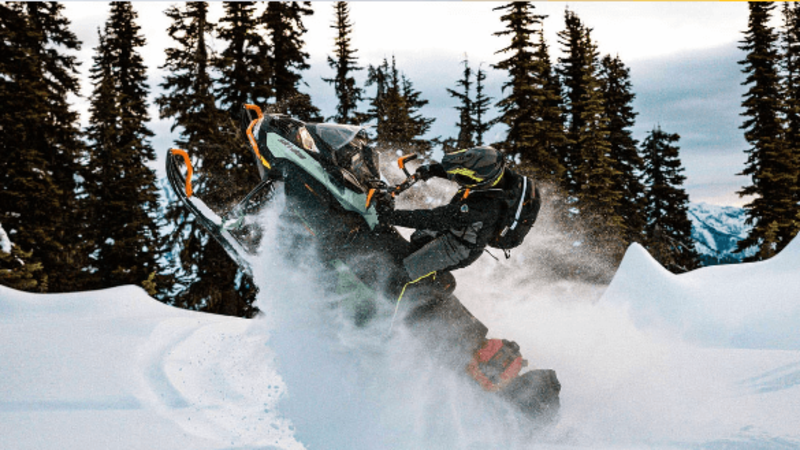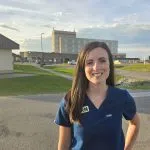
Virtual fencing an option for cattle in pasture
MELFORT, Sask. — The use of virtual fencing is being investigated as an option for grazing livestock.
Saskatchewan Range Management extension specialist Andre Bonneau said the technology is very similar to a dog collar.
“It’s basically a collar, power unit, GPS unit, and some type of a system to administer a shock on the animal’s neck,” Bonneau said. “The idea here is that the ranch manager will put up a virtual fence across their pasture and as the cow is traveling that pasture and she approaches the virtual fence, she’ll get an audible signal warning her that she’s getting close to that fence.”
Bonneau said when the cow approaches the fence, she will get a light shock on her neck. At that point, the cow can turn around and go back with the rest of the herd or she could cross the fence.


